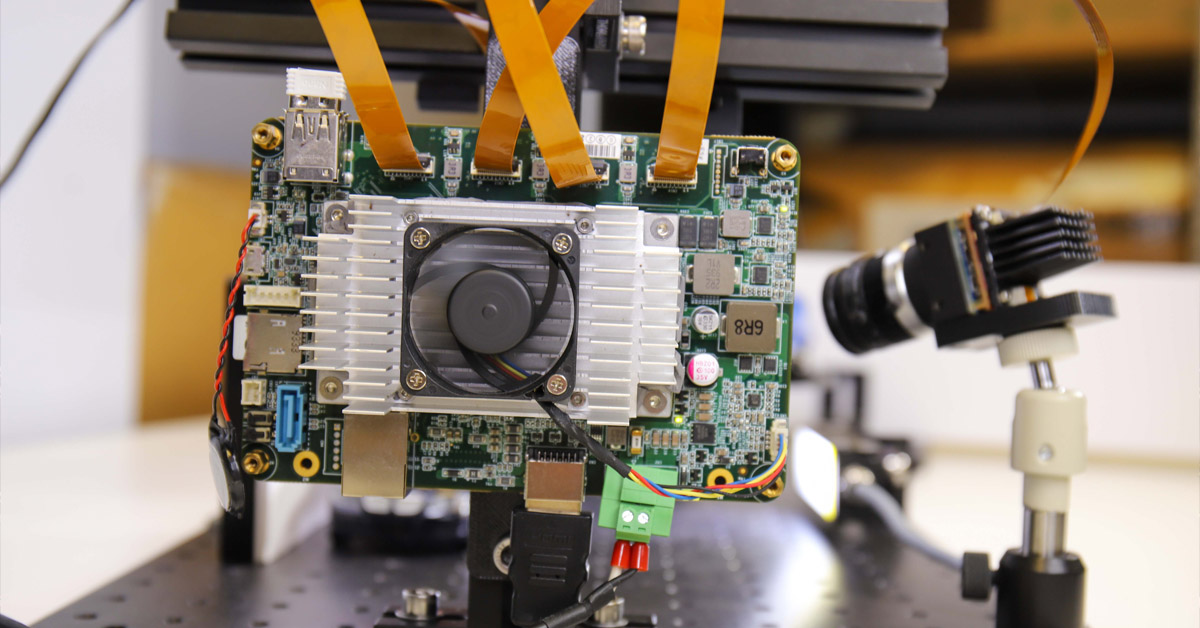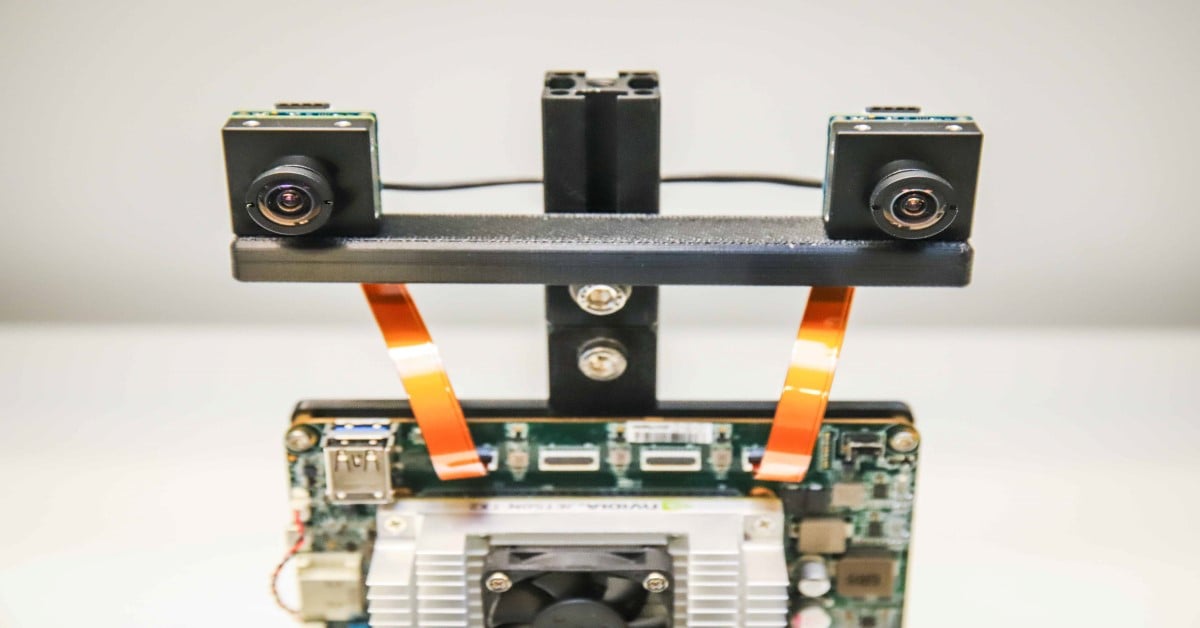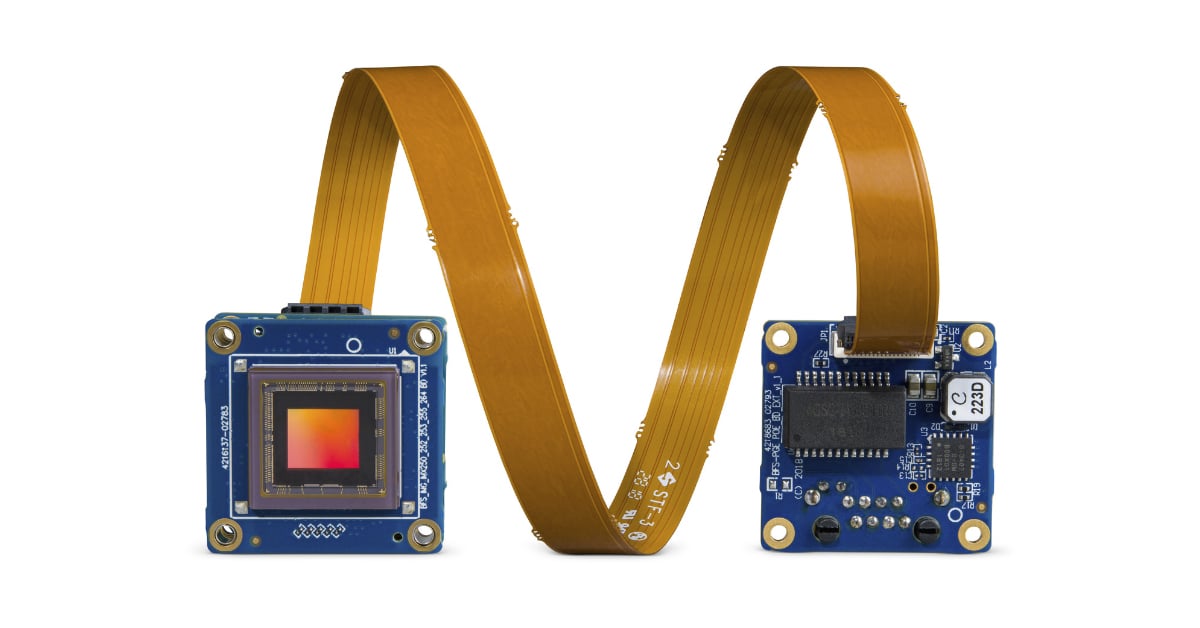Sony Pregius® S Global Shutter CMOS
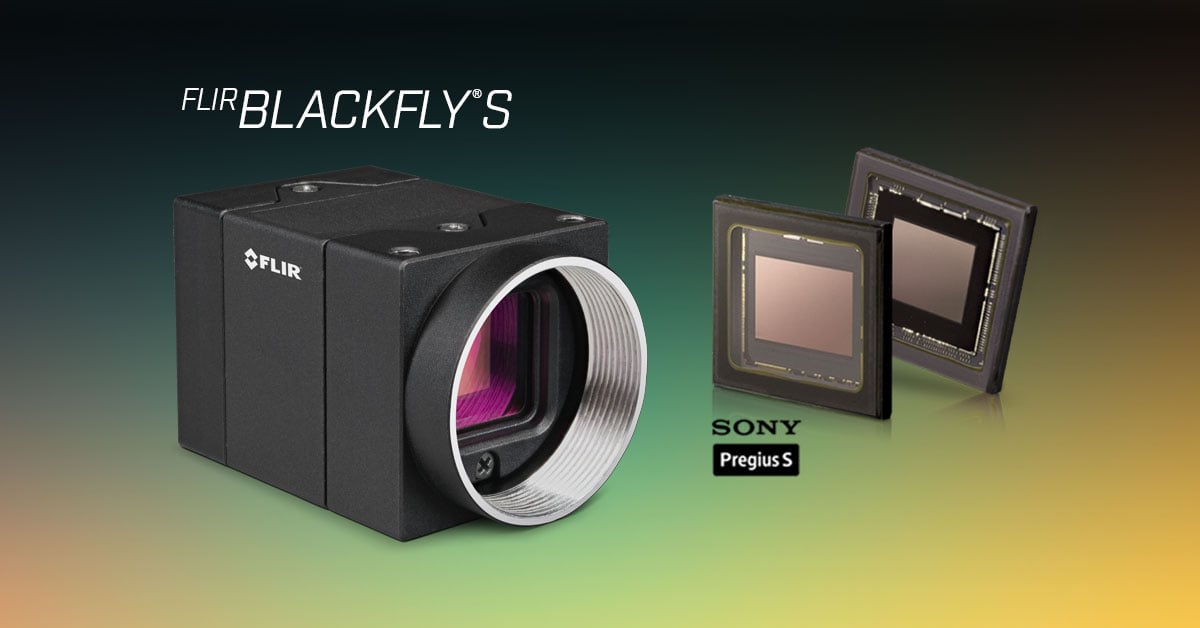
Superior Performance in a Smaller Package
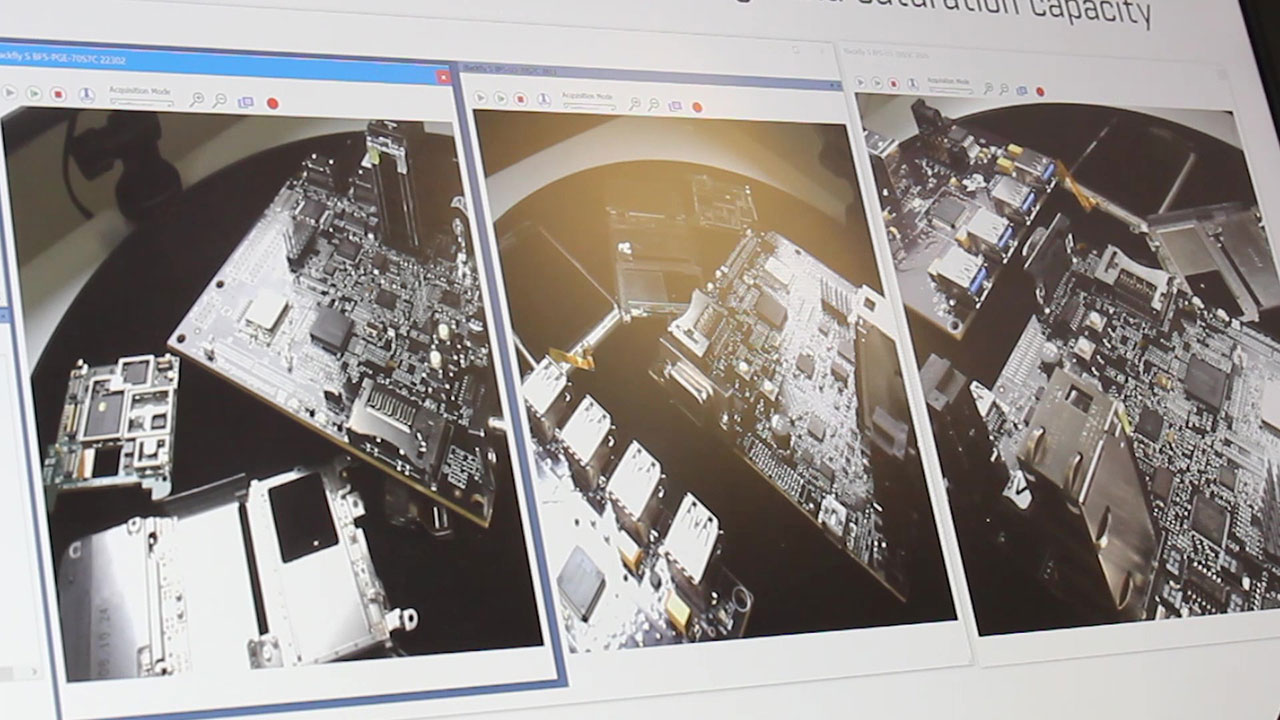
The Sony Pregius family of global shutter CMOS sensors delivers crisp, distortion-free images. Continuing a legacy of compact performance, the fourth generation Pregius S literally turns the rules of sensor design upside-down. Pregius S uses Back Side Illuminated (BSI) sensor design to reduce pixel size and increase resolution while improving quantum efficiency (QE) and sensitivity.

Fig. 1. BSI sensors invert the traditional front illuminated sensor design making it easier for photons to enter each pixel’s light sensitive photodiode.
Initial Models
Initial models with the Pregius S sensors are planned for Q2 2020 and beyond, including:
- Blackfly S USB3 with the IMX540 24.5 MP (15 fps) global shutter sensor: Mono, Color
- Oryx 10GigE with the IMX530 24.6 MP (35 fps) global shutter sensor: Mono, Color
- Blackfly S GigE with the IMX542 16.1 MP (7 fps) global shutter sensor: Mono, Color
To learn about the Sony Pregius sensor lineup, visit this page here.
Delivering high resolutions in compact sensor packages without sacrificing imaging performance, Pregius S sensors reduce system costs and increase throughput.
1. More Resolution with Less Complexity
The first sensor in the Pregius S lineup, the 24.5 MP IMX530 / IMX540, can replace multiple lower-resolution cameras, minimizing your system’s complexity and cost.
2. Excellent Imaging Performance at a Lower Price Point
With new 2.74 µm pixels, Pregius S sensors nearly double the pixel density of earlier Pregius sensors. The resulting smaller footprint allows the use of compact, inexpensive optics and makes a 24.5 MP global shutter CMOS sensor in an ice-cube form factor possible at a competitive price.
![]()
Fig. 2. Pixel size differences between different generations of Sony Pregius sensors.
The new pixel design also greatly reduces lens shading from compact C-Mount lenses on sensor sizes up to 4/3”. The backside-illuminated pixel design accepts incoming light at higher angles, helping lower-cost optics produce better imaging. Pregius S uses compact lenses on large, high-resolution sensors without losing image quality.
![]()
Fig. 3. Increased pixel density between the IMX253 Pregius sensor vs. the IMX530 / IMX540 Pregius S sensor.

Fig. 4. Comparison of shading with compact lens on 1.1” IMX253 Pregius sensor vs. the same lens on a 4/3” IMX530 / IMX540 Pregius S sensor.
Abonnez-vous pour voir d’autres articles similaires
3. Increased throughput
Global shutter readout ensures distortion-free capture of fast-moving targets. Higher sensitivity allows shorter exposures and leads to higher throughput, giving you the power to analyze and inspect items in less time for faster production lines.
4. Reduce your lighting costs

Fig. 5. Sony Pregius S sensors combine the low global shutter readout and low read noise of previous Pregius generations with the high quantum efficiency and pixel density of STARVIS.
Pregius S sensors enable shorter exposures with less powerful lights. For example, the IMX530 / IMX540 achieves an exceptional quantum efficiency of 71.5% compared to 65% for previous generations of global shutter sensors. This upgrade in performance comes without compromise, as the new back-illuminated pixel design continues to deliver the low read noise and image quality expected from Pregius sensors.
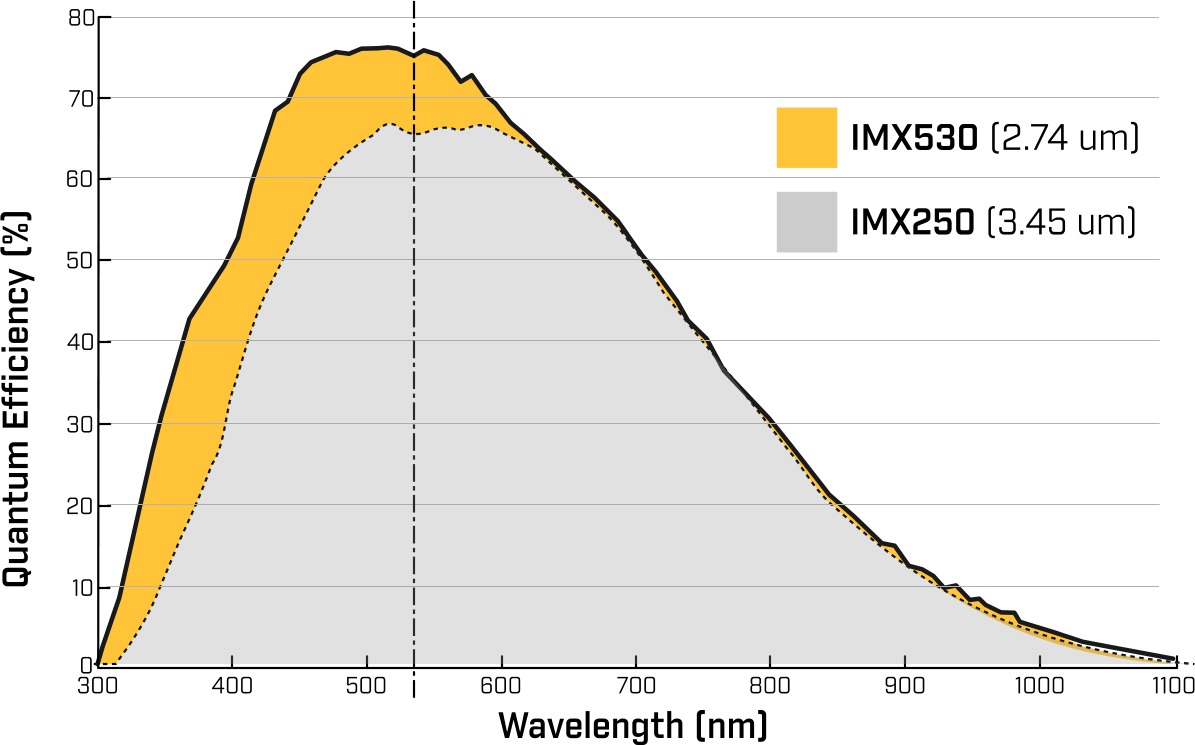
Fig. 6. The BSI IMX530 / IMX540 has a higher peak QE than than the front illuminated IMX250, even though the IMX250 has larger pixels.

Fig. 7. Pregius S maintains a low level of read noise.
By combining the global shutter readout and low read noise of Pregius sensors with the high quantum efficiency and pixel density of STARVIS, Sony has set a new benchmark for CMOS image sensors.
Application Advantages
|
Application |
Pregius Generation |
Feature |
Benefit |
|
Biomedical, Microscopy |
Third Generation Pregius |
Higher Quantum Efficiency, Low (better) Absolute Sensitivity |
Maximize sensitivity in low light, reliably detect weak signals |
|
Semiconductor Process Control |
Third Generation Pregius & Pregius S |
Pixel density, NIR-Perfomance |
See smaller defects further below surface |
|
Metrology |
Pregius S |
High pixel density |
Precise measurements of large objects |
|
Benchtop or handheld devices |
Pregius S |
High Pixel Density, tolerance for very compact lenses |
More compact and lighter designs possible |
